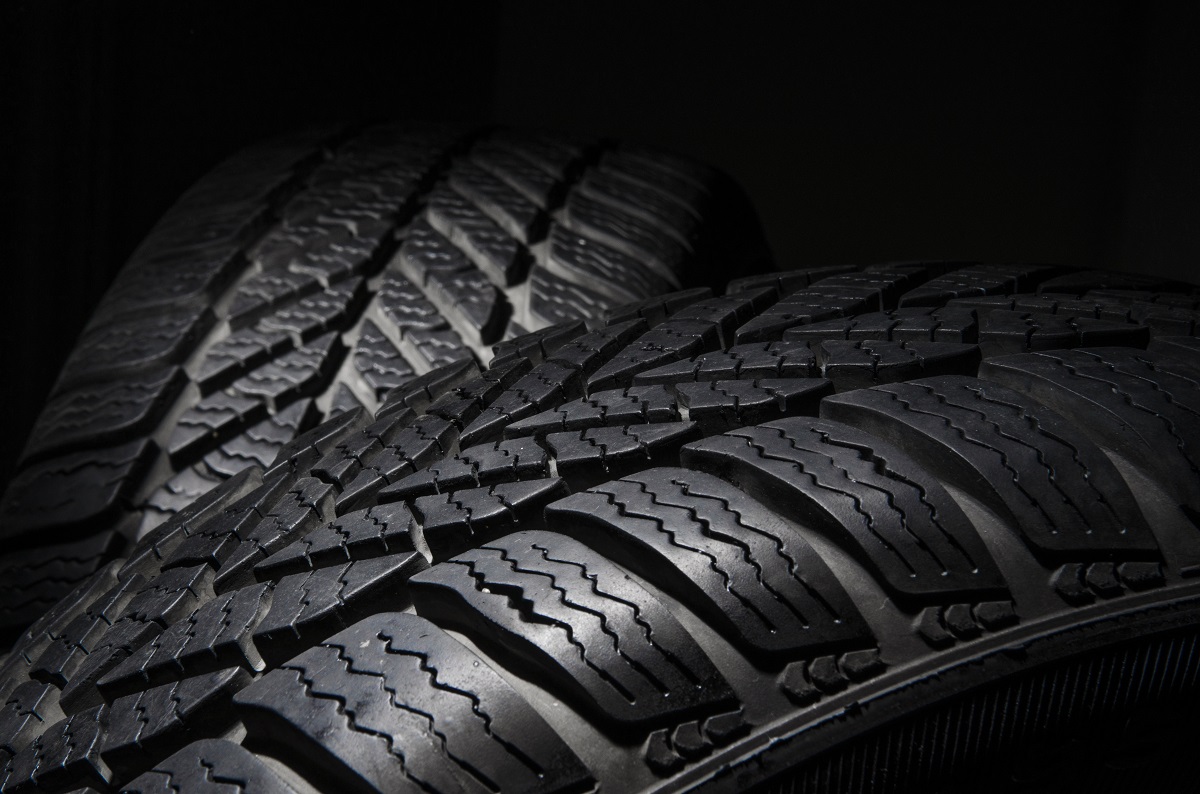Winter driving can be pretty dangerous, but there are ways to increase your safety when you are on the road. Snow and ice can make driving, controlling your vehicle, and even stopping when needed very difficult. One of the first steps in preparing your car for winter driving is to make sure you have the proper tires and that they are in good condition.
While regular, all-season tires are fine for temperatures above 7 degrees Celsius, they can begin to lose elasticity, and thus gripping power, when it gets colder. Winter tires are made from special compounded materials that makes it possible for them to stand up to colder temperatures, without losing traction abilities. This leads to better control on snowy, icy roads, and thus, more safety for your family.
Winter tires also have larger grooves in them, and deeper tread blocks that will provide even better gripping. They have cuts and v-groove tires that move the water and slush out of the way.
It is best to replace all four tires with winter tires. This will help maintain the vehicle’s balance and antilock brake system’s advantages. Handling will be easier, as will accelerating, braking and steering. It is recommended that you keep these tires on from mid-December to mid-March.
Driving will likely feel a bit different when your first get the winter tires on, but you should be able to adjust to it quickly. Practicing a little before the winter weather strikes is ideal. That way, you will be totally ready when it arrives. They also need a little time to get broken in before they reach their peak performance potential.
Even if you are particular about the look of your wheels and tires, you can probably still find something to suit your taste. Steel wheels are functional and attractive. They are corrosion resistant and designs will fit a wide range of vehicles.
Likewise, alloy wheels can resist rust and other winter damages. They can add to the appearance and the performance of your vehicle. They are lighter than steel and thus make it easier to handle your vehicle, including accelerating and braking.
Of course, you cannot just put on your winter tires and forget about them. Winter tires are softer and the tread patterns make it more likely to wear unevenly. Having your tires aligned will go a long way in ensuring that you do not have issues.
Cold air will also typically lower tire inflation, so it is necessary to check your tire pressure regularly. When tires are not at the proper air pressure level, it will negatively affect traction, handling, durability and even fuel efficiency.
The tread on winter tires should also be deeper than the all-season tire tread. You can check the indicator bars in the tires that run from one side to the other that indicate whether the treat is yet worn to the legal limit. Winter tires often have another wear indicator as well. Measure at several points on the tires to check for uneven wear as well.
Once winter is over, if your winter tires are still in good condition, you will want to store them properly to ensure that you can use them again next year. They may be laid flat or stacked, but never stored with the tread down. That can lead to flat spots on the tires.
The storage environment should be cool and dry – not in a shed or garage that is not insulated or climate-controlled. Tires should also be stored away from any electric motors or other ozone-producing machinery.
Are you looking for new winter tires? Try these Ottawa winter tire specialists:
[columns ]
[column size=”1/3″]Jim Dickinson Auto Tech
Ottawa Winter Tires[/column]
[column size=”1/3″]2599 Carling Avenue
Ottawa Ontario
K2B 7H7
Phone: 613 721 6244
Email: jim@jimdickinsonautotech.com
[/column]
[column size=”1/3″]View Map[/column]
[/columns]










